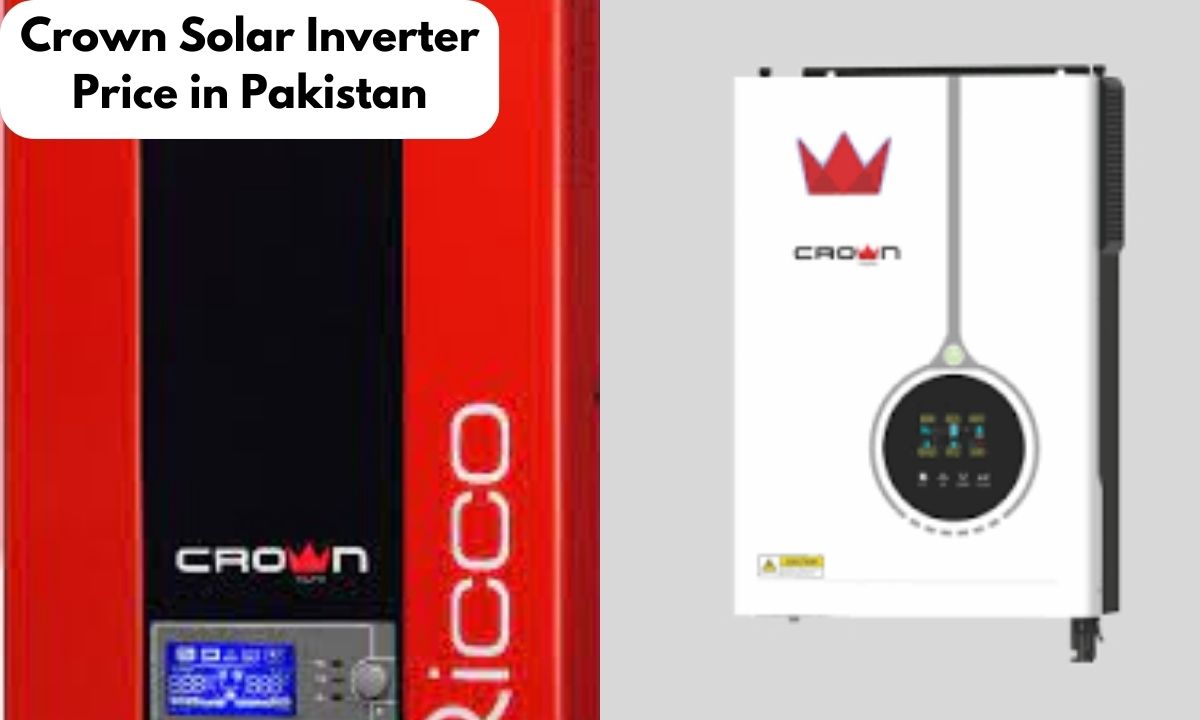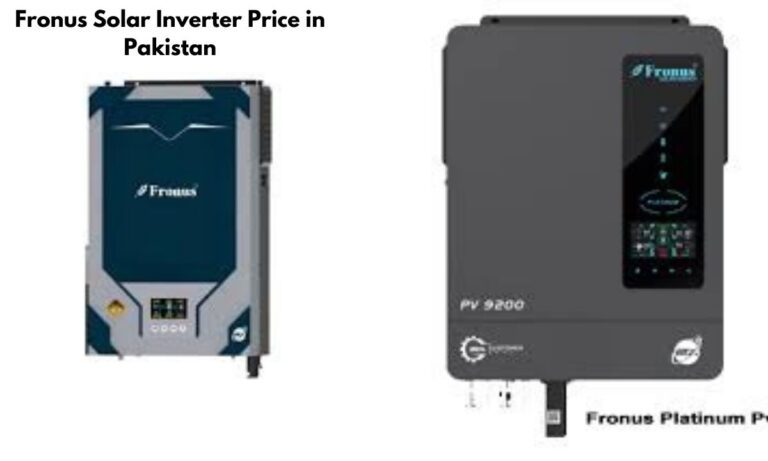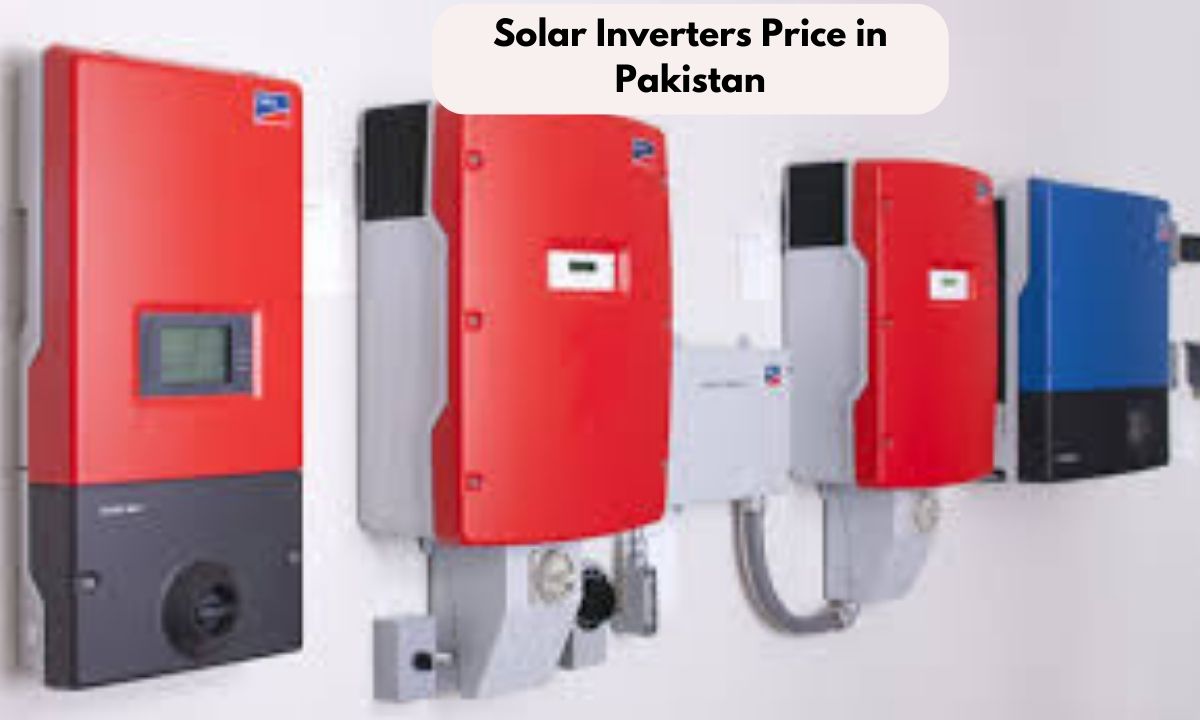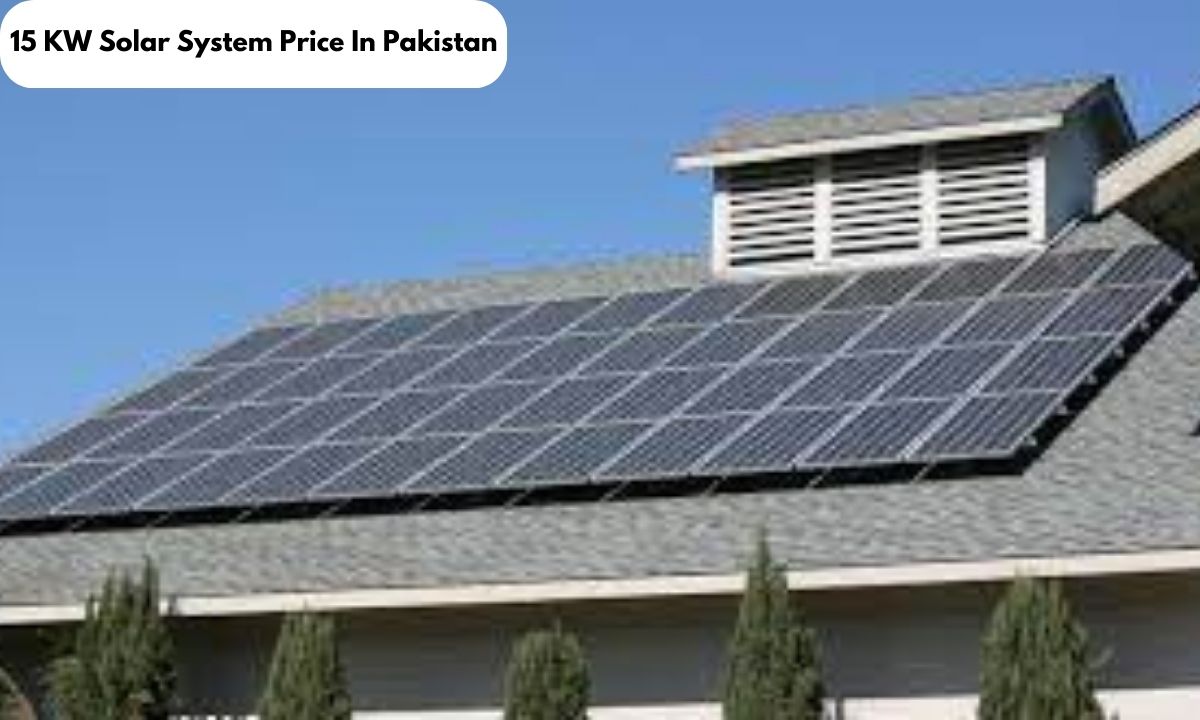25 KW Solar Systems in Pakistan (2024 Price Guide)
In Pakistan, there’s a noticeable shift towards using the sun’s energy to power homes and businesses. Specifically, the popularity of the 25 kW solar systems is growing steadily. If you’re thinking about getting one, you might find prices ranging between Pkr 2,885,000 and Pkr 2,909,000.
By the end of 2022, Pakistan had successfully set up solar systems producing 1.24 GW of power, marking a 17% increase compared to the year before. A big part of this growth is credited to the 25 kW solar system. This particular system is gaining attention because it’s both eco-friendly and saves money.
This cost can vary based on the quality of the solar panels and how intricate the installation process is. The perks of investing in such a system are clear: it cuts down on electricity expenses and helps protect our environment. All these steps show Pakistan’s dedication to embracing cleaner and sustainable energy solutions for a brighter future.

| Aspect | Description |
| Type of System | On-Grid, Off-Grid, Hybrid |
| Average Monthly Production | 2800-3000 units of electricity |
| Major Appliances it Can Run | Fans, Lights, Air Conditioners, Refrigerators, Water Pumps, LED TVs, Washing Machines |
| Cost | Varies based on factors such as quality of solar panels, type of mounting system, and complexity of installation |
| Government Incentives | Tax exemptions, subsidies, net metering programs |
| Installation | Involves mount installation, solar panel installation, electrical wiring, connection to solar inverter, and connection to the grid |
| Maintenance | Regular cleaning and maintenance are required for optimal performance |
| Benefits | Reduced electricity costs, long-term savings, environmental sustainability |
| Suitability | Suitable for commercial and industrial applications, as well as large residential properties |
Cost of 25 kW Solar Systems in Pakistan
The price of a 25 kW solar system in Pakistan isn’t set in stone; it varies based on different elements. These elements encompass the quality of the solar panels, the mounting method, the intricacy of installation, and the solar system type (be it On-Grid, Off-Grid, or Hybrid).
Diving Deeper into Costs
While exact figures for a 25 kW solar system might not be readily available, we can glean insights from related systems. For instance, a 30 kW system, equipped with top-notch gear, could cost between PKR 40 to 45 lacs (4 to 4.5 million rupees). Considering a 25 kW system is somewhat smaller, it would likely have a lower price tag but would still fall within the million-rupee range.
To provide a cost perspective, installing a solar system for homes or businesses might average around Rs. 90-120 per watt (~$0.50). But, for bigger commercial systems, this price can decrease, sometimes touching Rs. 70 per watt in Pakistan.
Variables Impacting the Cost
- Efficiency of Solar Panels: Opting for panels with superior efficiency might come with a higher price, but they produce more electricity, which could mean a smaller system overall, saving you in the long run.
- Inverter Quality: The cost can vary depending on the type and sophistication of the inverters. Advanced inverters, equipped with features like monitoring and remote capabilities, might be pricier initially.
- Mounting Technique: The choice between ground-mounted and other mounting systems can influence costs. While ground-mounted systems might have a higher upfront cost, they can boost energy production per square foot.
- Installation Challenges: The intricacy of the installation plays a crucial role in pricing. For instance, installations that deal with challenging roof structures or require substantial electrical adjustments might inflate the costs.
Remember, the mentioned factors are just a few that can sway the cost of a 25 kW solar system in Pakistan. Other considerations, including local permits, any necessary property modifications, and the particular brands of equipment selected, can also impact the final price.
Types of 25 kW Solar Systems
Let us examine the features of each of the three primary types of 25 kW solar systems: On-Grid, Off-Grid, and Hybrid.
On-Grid Solar Systems
Often termed grid-tied systems, On-Grid solar setups are directly linked to the local utility grid. They’re immensely popular among both households and businesses. Here’s how they work: when your solar panels generate surplus electricity, it’s sent back to the main grid.
On the flip side, during periods of low solar energy production, like at night or on overcast days, you draw electricity from this grid. However, it’s worth noting that if there’s a grid outage, an on-grid system won’t provide power unless there’s an accompanying storage solution.
Off-Grid Solar Systems
Contrastingly, Off-Grid systems, often referred to as stand-alone power systems (SAPS), operate independently of any grid connections. In areas far removed or where grid connectivity isn’t economically feasible, these systems shine.
They rely solely on solar panels paired with substantial battery storage. This design ensures a steady electricity supply, even when solar panels aren’t actively generating power, such as during nighttime or cloudy periods.
Hybrid Solar Systems
Blending the best of both worlds, Hybrid systems integrate features from on-grid and off-grid designs. They’re tethered to the main grid but also boast battery storage capabilities. This dual functionality means they can distribute excess electricity to the grid, pull from it when necessary, and store power for contingencies like grid failures.
This versatility not only enhances operational flexibility but also amplifies savings on electricity bills, ensuring a reliable power supply around the clock.
Comparison of Features, Benefits, and Suitability
On-Grid Systems: These systems offer a cost-effective installation and maintenance advantage. They’re best suited for locations with a dependable power grid. However, a downside is their inability to supply electricity during grid failures.
Off-Grid Systems: Off-grid setups come at a higher cost primarily because of the necessary battery storage. They shine brightest in secluded areas lacking consistent grid access. Despite being pricier, they ensure a steady power flow, operating entirely independently of any grid.
Hybrid Systems: Falling between the cost spectrum of on-grid and off-grid solutions, hybrid systems require less battery storage, making them relatively more affordable than off-grid variants. They’re a preferred choice for regions experiencing frequent power interruptions and cater to users seeking the advantages of both on-grid and off-grid functionalities.
Energy Production and Consumption
Investing in a 25 kW solar system is a noteworthy step towards harnessing solar energy. This system can generate ample electricity to fulfill the energy demands of both homes and businesses. For individuals or entities contemplating the switch to solar energy, grasping the monthly electricity output of this system and discerning which appliances it can power becomes essential.
Monthly Electricity Units Produced by a 25 kW Solar System
In Pakistan, a 25 kW solar system typically yields an electricity output ranging from 2800 to 3000 units monthly. This estimate is grounded in the regional solar intensity and the system’s efficiency. Yet, it’s pivotal to recognize that the real output might fluctuate due to elements like weather patterns, the condition and positioning of solar panels, and regular system upkeep.
Appliances Supported by a 25 kW System:
A 25 kW solar setup can effectively power a diverse array of household or commercial devices. Based on available data, here’s a breakdown of the appliances it can accommodate:
- Fans: Approximately 25 units
- Lights: Around 50 units
- Air Conditioners or Iron (operating singularly): Roughly 10 units
- Refrigerators: Up to 3 units
- Water Pumps: About 2 units
- LED TVs: Around 3 units
- Washing Machines: Up to 3 units
While these figures offer a foundational understanding of a 25 kW system’s capacity, the actual number of appliances operable hinges on their specific power demands and the aggregate energy consumption at any instant.
Moreover, it’s worth noting that certain devices, notably air conditioners and water pumps, are energy-intensive and might consume a substantial share of the system’s available output when activated.
Installation and Maintenance
The process of setting up a 25 kW solar system unfolds in several stages:
1. Mount Installation:
Initially, the mounts, essential for holding the solar panels, are securely installed. Depending on specific needs, these can be roof-ground mounts or flush mounts.
2. Solar Panel Installation:
Following the mounts’ placement, solar panels get attached to them. This phase involves securing the panels using nuts and bolts, ensuring the entire setup remains stable.
3. Electrical Wiring:
Wiring becomes the subsequent focus. Here, the panels are interconnected, and they’re also linked to the inverter, an integral device that transforms the direct current (DC) from the panels into alternating current (AC) suitable for household or commercial use.
4. Integration with Solar Inverter:
The solar inverter’s role is pivotal. It’s tasked with converting the DC from the panels into usable AC power.
5. Grid Connection:
Lastly, the system gets linked to the main grid. This connection ensures a seamless electricity supply, drawing from the grid during low solar production phases and feeding excess solar energy back into the grid.
The Significance of Expert Installation and Routine Care:
Opting for professional solar system installation holds paramount importance. Firstly, it guarantees the system’s safe and accurate setup, especially given the electrical intricacies involved, particularly in rooftop installations.
Additionally, seasoned installers can offer insights into ideal system design and placement, optimizing solar energy yield. Furthermore, for sustained efficiency, regular upkeep is essential.
Although solar panels are generally low-maintenance, occasional cleaning is vital to prevent obstructions like dirt or leaves from diminishing sunlight absorption. Many solar panel providers either include maintenance in their package or offer it as a separate service, encompassing routine cleaning and upkeep.
Conclusion
Acquiring a 25 kW solar system in Pakistan offers a plethora of advantages for households and enterprises alike. This move signifies a stride towards self-reliance in energy, translating to substantial savings on electricity expenses, given the system’s capacity to produce about 2800-3000 units monthly.
Additionally, the allure of long-term financial benefits is amplified by governmental incentives. These incentives encompass tax breaks, financial grants, and net metering initiatives, permitting surplus energy to be redirected to the grid, thereby hastening the investment’s payoff.
Beyond the economic perks, embracing solar power underscores a commitment to environmental stewardship. Solar energy stands as a sustainable, eco-friendly avenue, curtailing carbon footprints and resonating with global aspirations for ecological sustainability. By entrusting the installation and upkeep of such systems to professionals, users can ensure consistent performance and longevity, affirming solar’s reliability as an energy source.
Considering Pakistan’s escalating energy requisites and the imperative for sustainable progress, the 25 kW solar system emerges as a commendable and environmentally-conscious energy alternative.
Though the upfront costs might be notable, they are counterbalanced by enduring financial savings and a tangible contribution to environmental conservation. Thus, opting for solar power emerges not just as a pragmatic choice but as a visionary step towards fostering a more sustainable, eco-friendly future.





